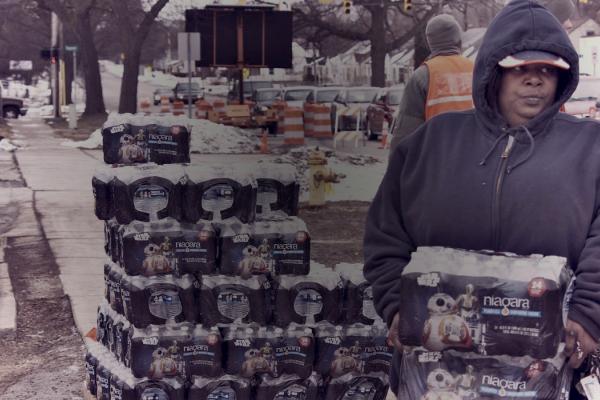Jan 27, 2016
How would you feel if you realized your children’s water was being poisoned, and your government didn’t seem to care? That’s the story of the parents of 8,000 mostly poor and black children in Flint, Mich., (which means most all of the children in urban Flint) that has finally hit our media front pages. The evening news I am watching as I write warns the parents of Flint not to bathe their young children in city water.
Read the Full Article

Already a subscriber? Login
